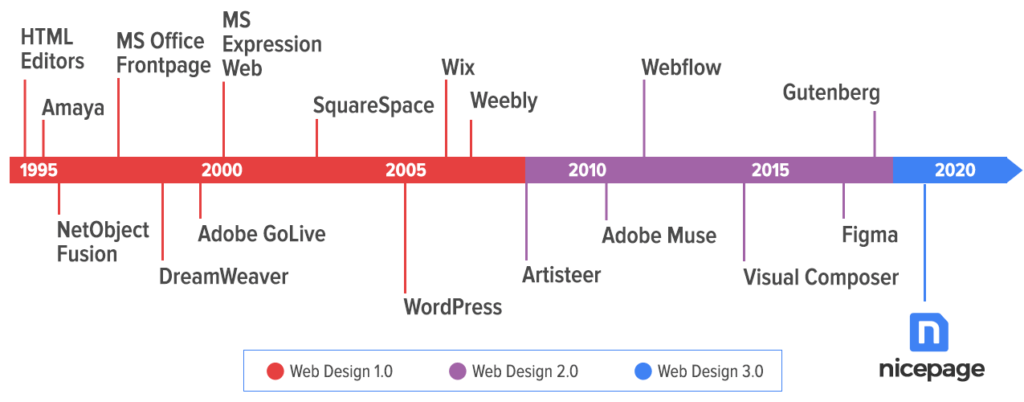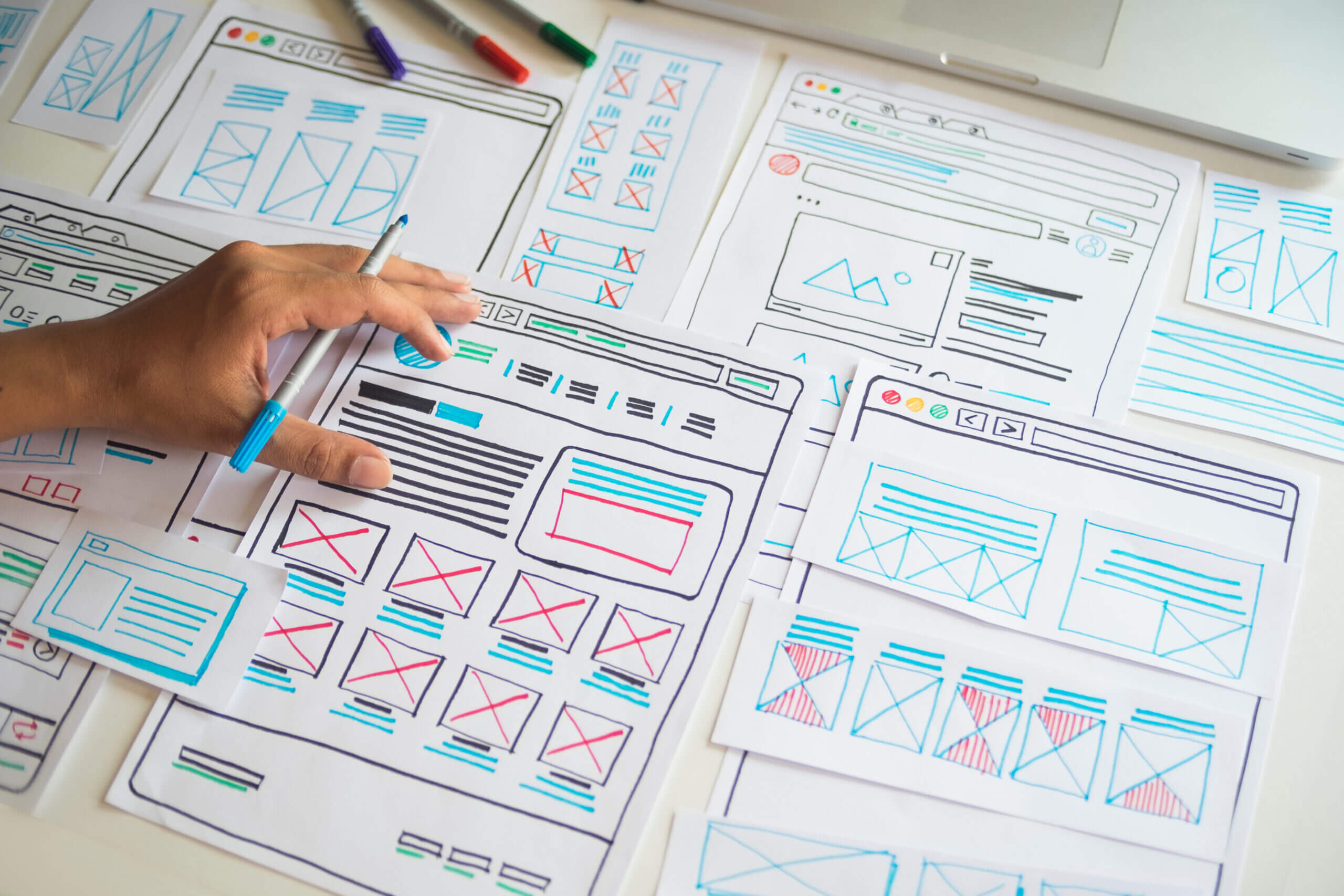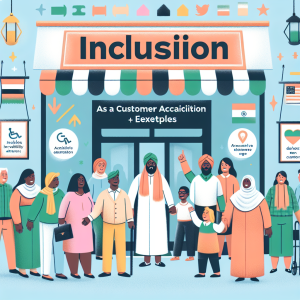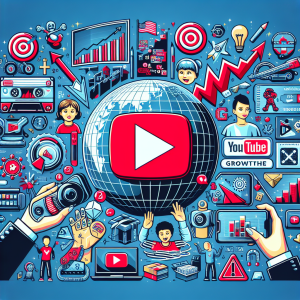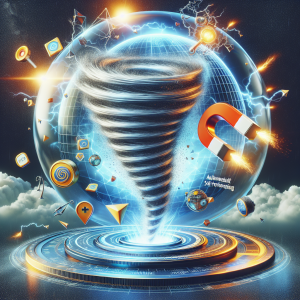In the blink of a digital eye, web design has journeyed from primitive layouts to intricate designs, seamlessly mirroring the technological of each era. In this exploration, we delve into the intriguing progression of web design, drawing parallels between technological advancements and shifts in design preferences. Let’s explore the evolution of web design.

The Dawn of Web Design – The 90’s
In the early days of the World Wide Web, websites were a novelty, not the necessity they are today. The majority of sites had basic, text-heavy layouts, primarily functioning as digital brochures.
Key Design Features:
- Limited color palettes
- Static, boxy design
- Unimaginative typography
These designs weren’t so much a stylistic choice as they were a reflection of the technological constraints of the time.

2000’s – The Rise of Flash and Aesthetics
As we transitioned into the new millennium, Flash dominated the scene, enabling more interactive and animated designs. This was the era of splash pages, animated backgrounds, and a boom in creativity.
Key Design Features:
- Heavy use of Flash
- Drop shadows & glossy icons
- More use of multimedia elements
However, while Flash allowed for increased interactivity, it had its limitations, particularly with SEO and mobile compatibility.

2010’s – Responsive and Minimalistic Design
The 2010’s saw a monumental shift, marked by the rise of mobile devices. With various screen sizes and resolutions to cater to, responsive design became the mantra. The aesthetic evolved towards minimalism, emphasizing clean lines, flat designs, and user-centric layouts.
Key Design Features:
- Mobile-first design approach
- Flat design and bold typography
- Parallax scrolling

The Present – Personalization and AI Integration
Today, web design is not just about aesthetics. It’s about providing personalized user experiences, with AI-driven chatbots, predictive analytics, and dynamic content that adjusts based on user behavior.
Key Design Features:
- AI-driven functionalities
- Micro-interactions
- Immersive multimedia elements

The Future – AR, VR, and Beyond
As we venture into the future, Augmented Reality (AR) and Virtual Reality (VR) promise to revolutionize web design. Imagine browsing a furniture store from the comfort of your home, placing virtual items in your space, and making purchase decisions. The blend of real and virtual worlds will define the next frontier.
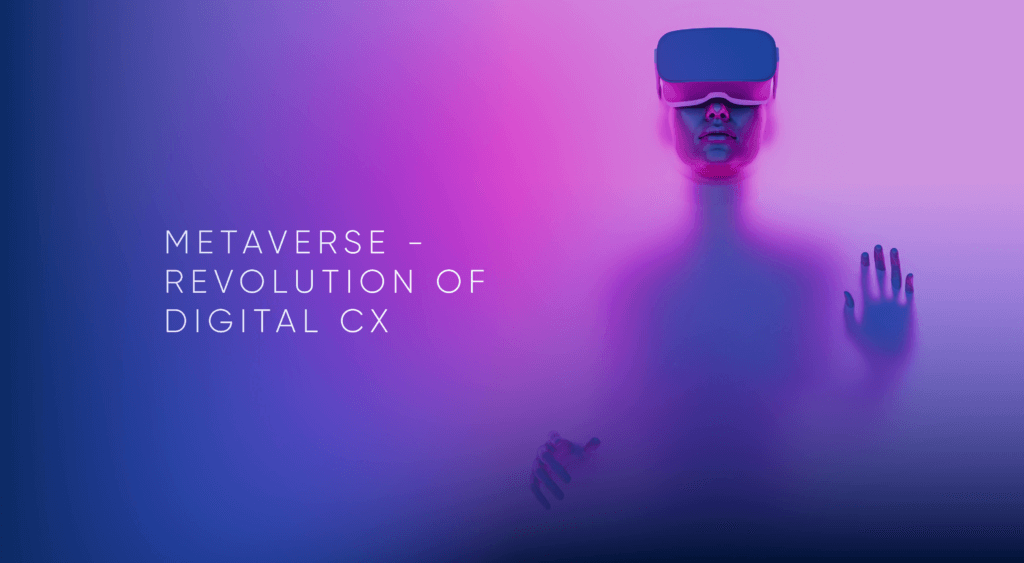
In conclusion, evolution of web design paints a vivid narrative of our digital evolution. As technology continues to advance, one thing remains certain: web design will always mirror the pulse of the times, evolving to offer richer, more intuitive user experiences.
